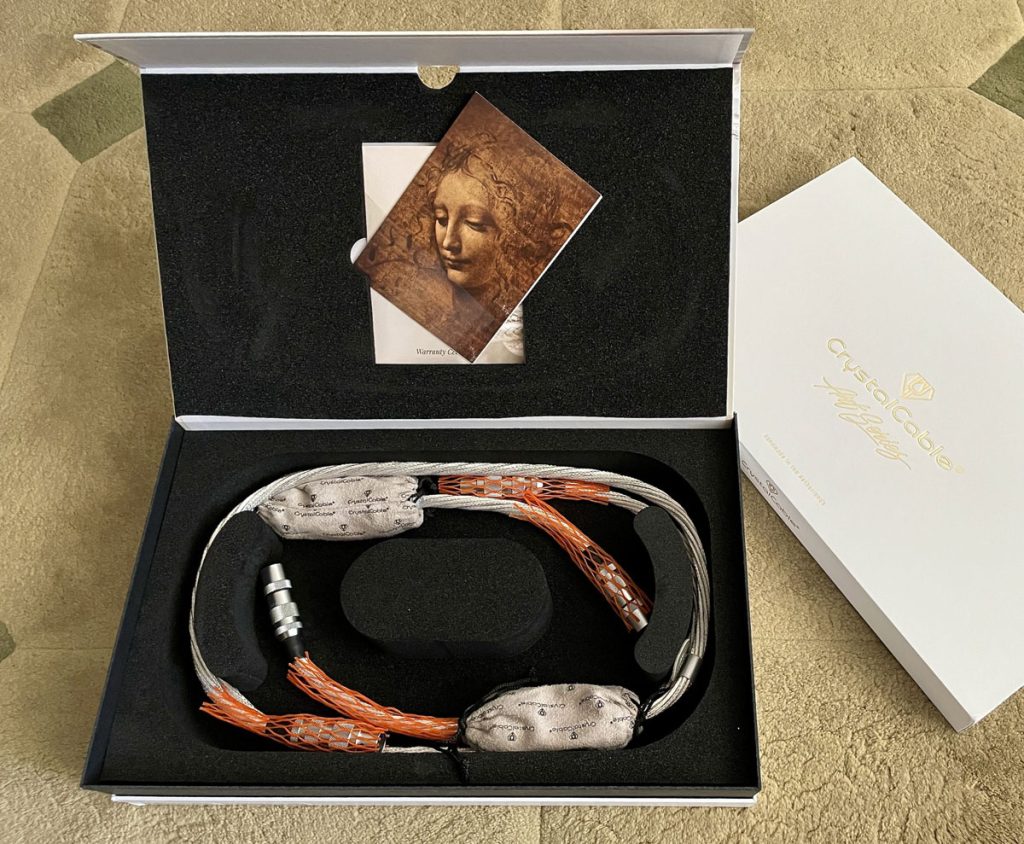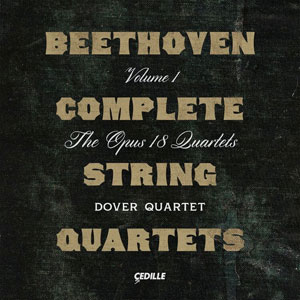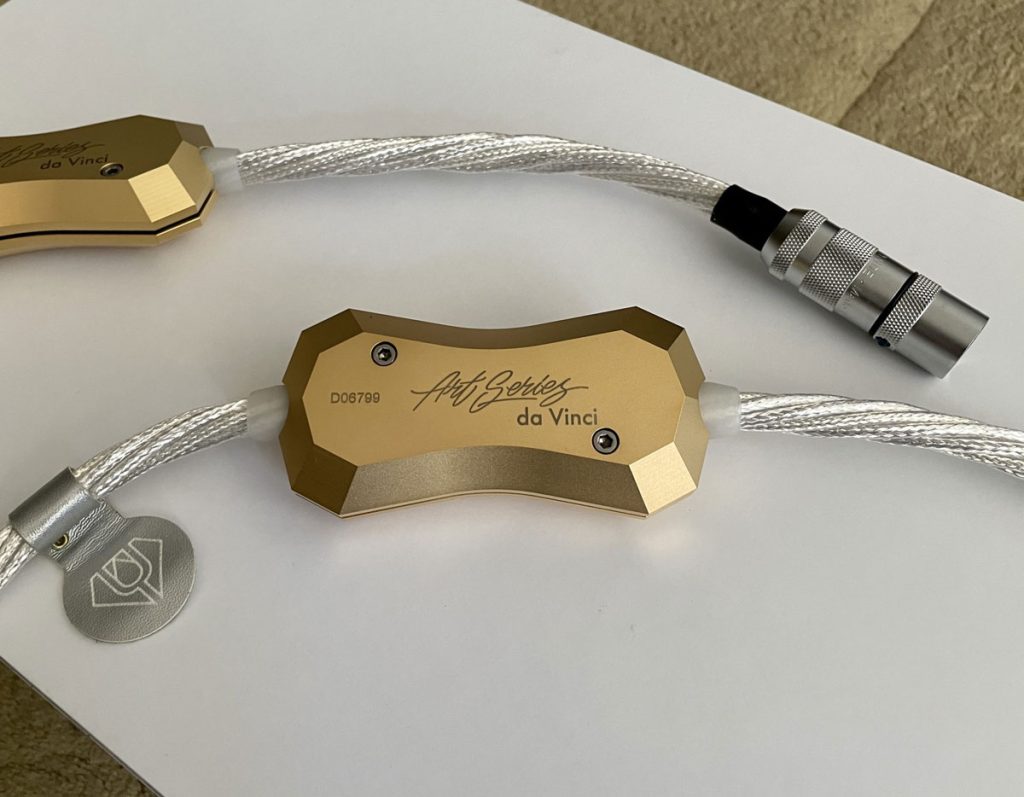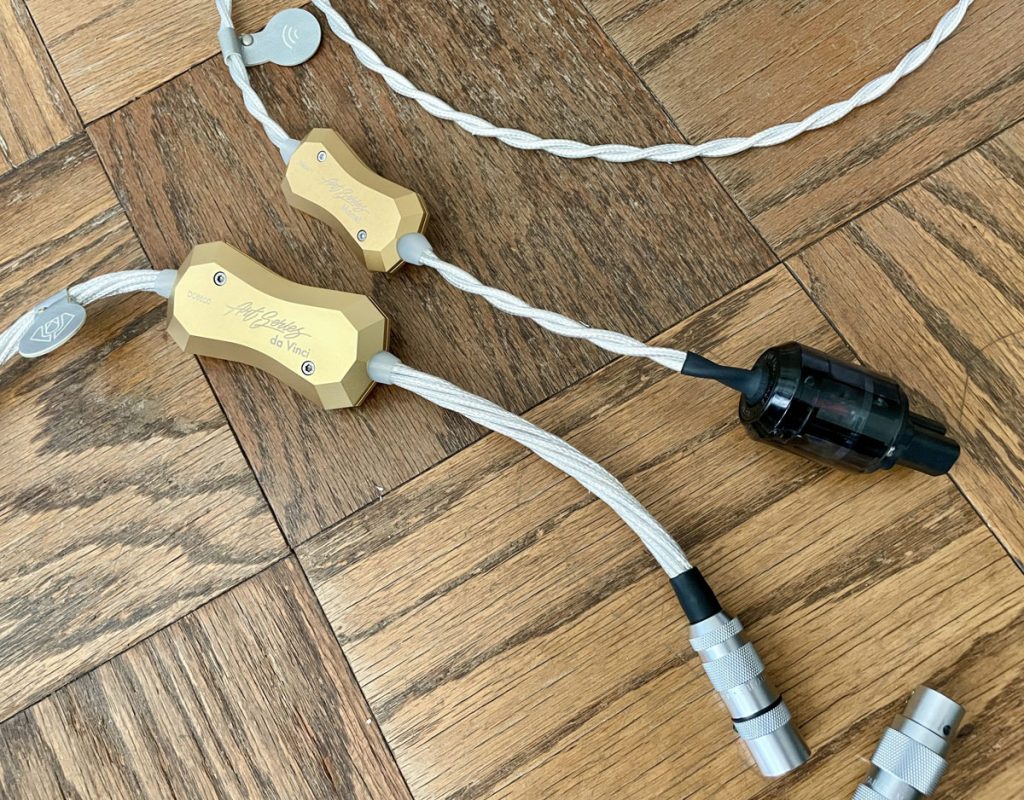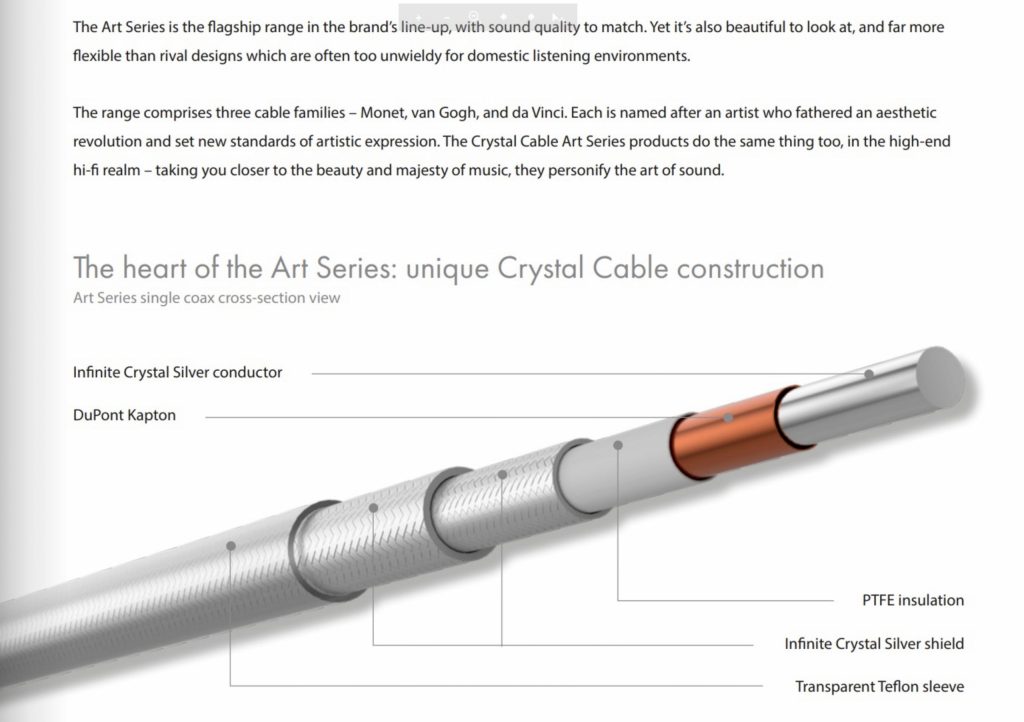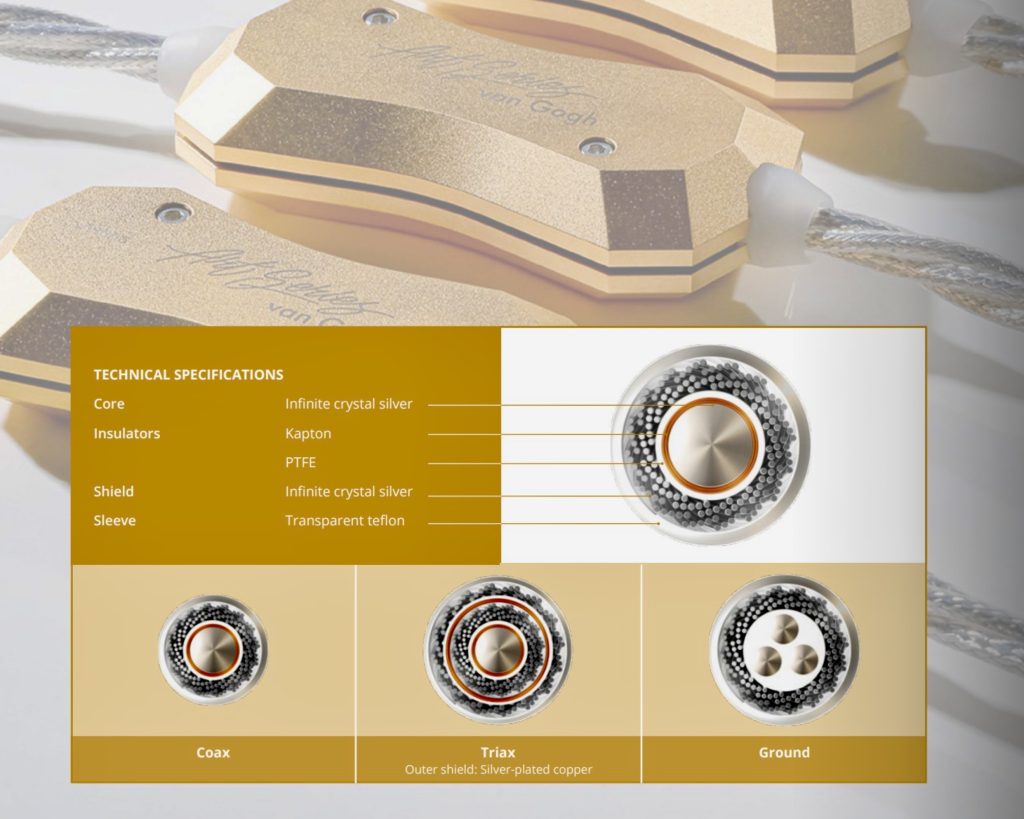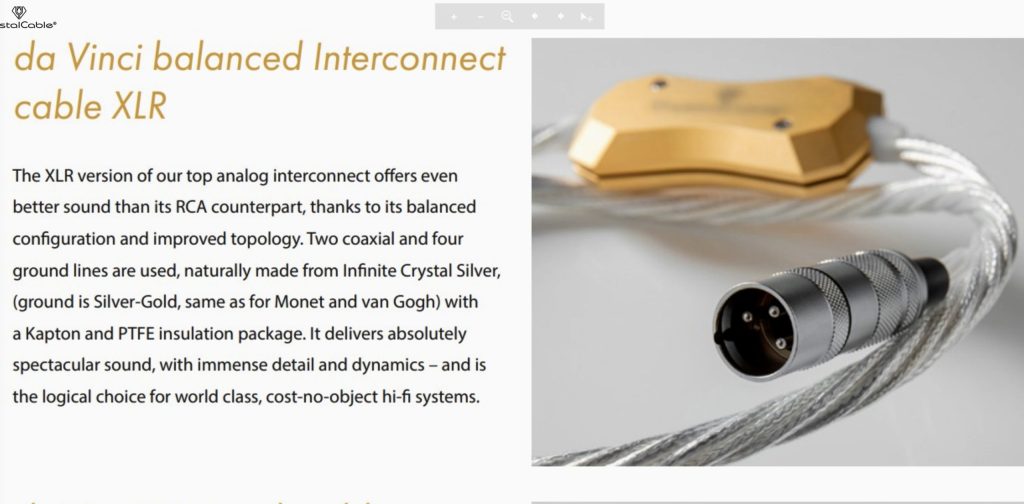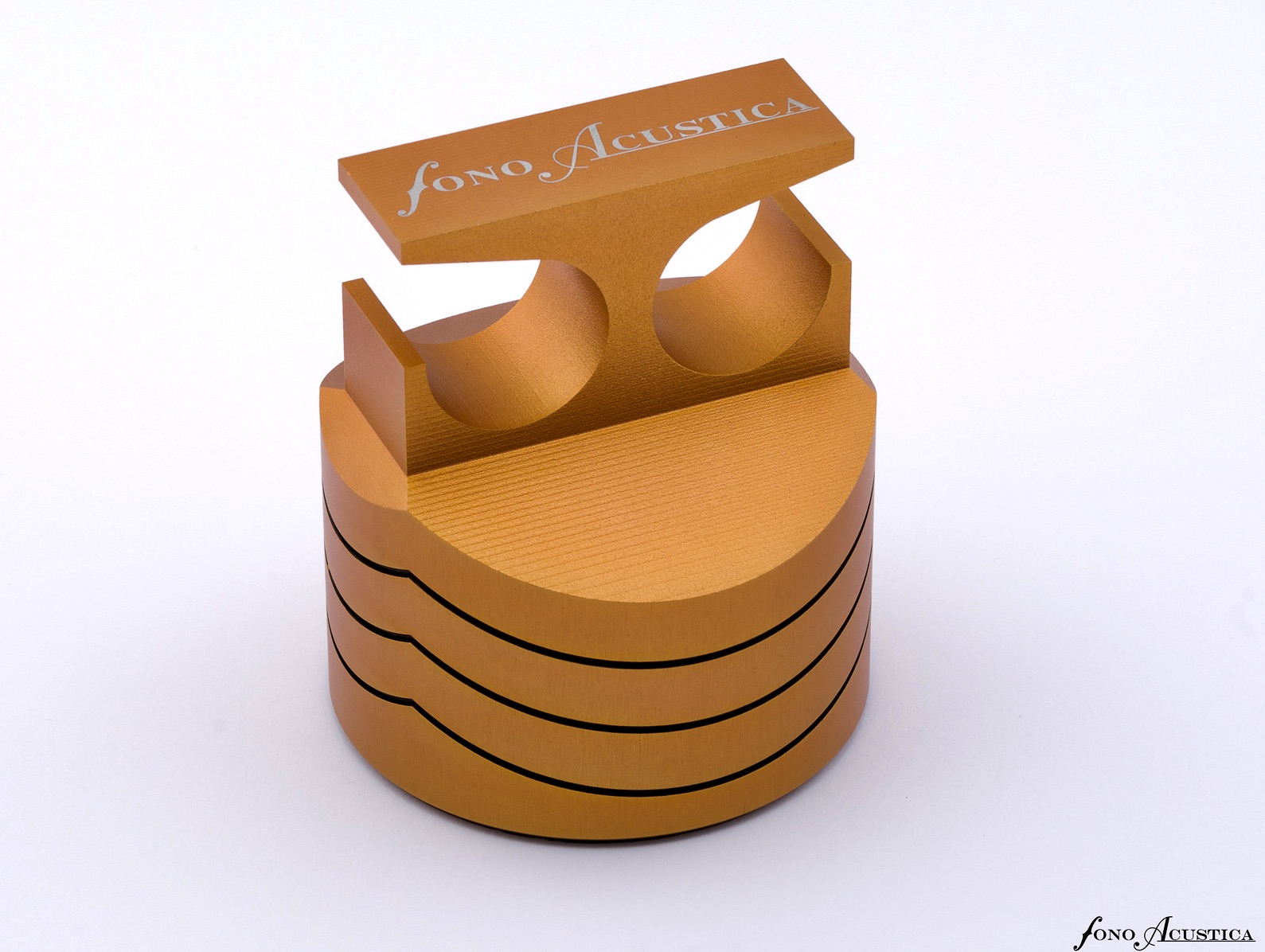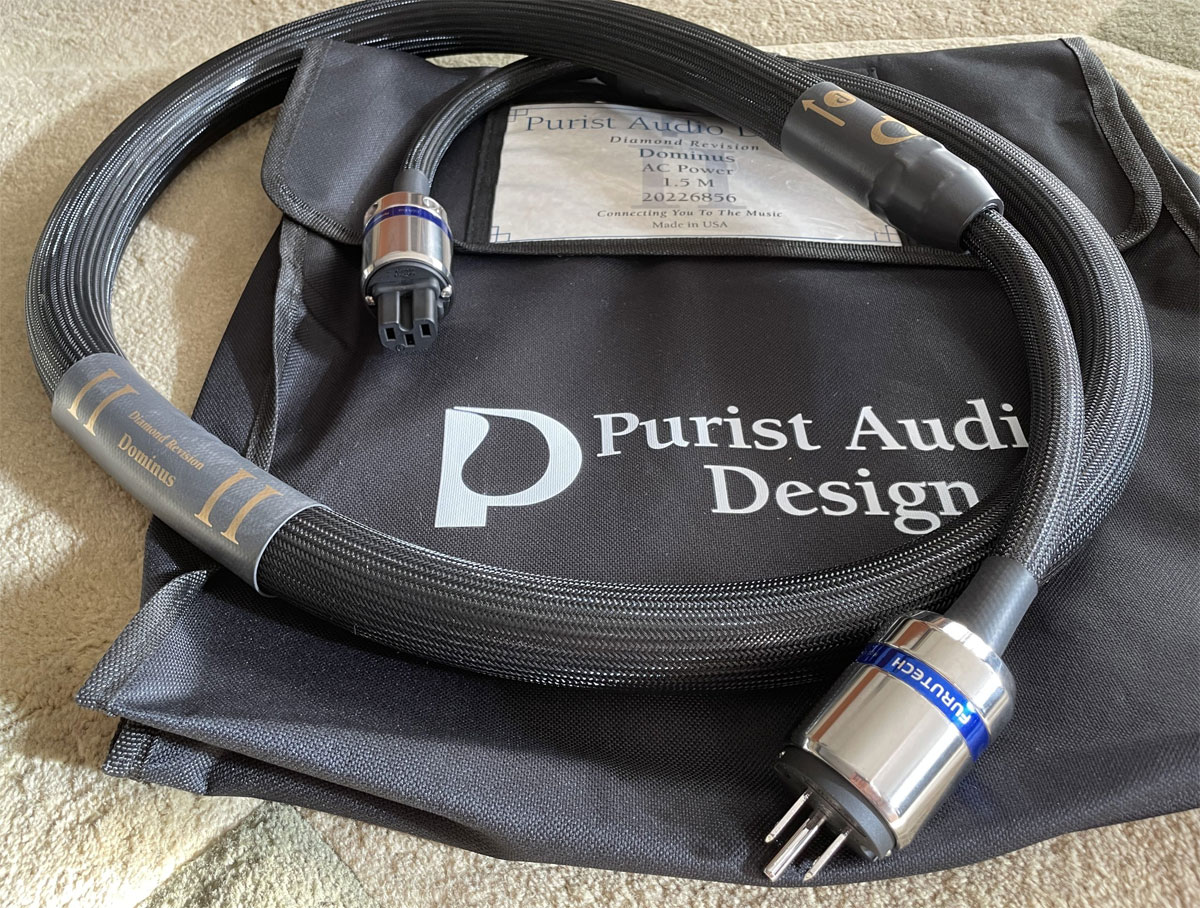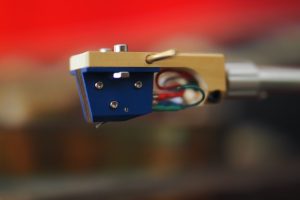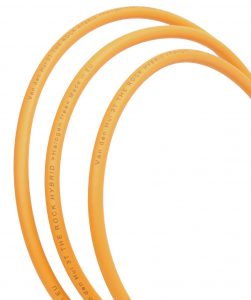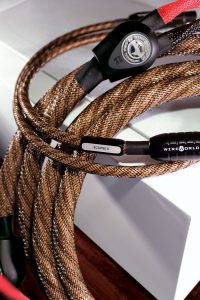We had a pair of Row K center tickets for the Dover String Quartet at Alice Tully Hall in Lincoln Center. Everyone knows that's the eleventh row, but we found ourselves settling in four rows from the stage. What happened? An usher informed us management had enlarged the stage for this event by removing a front section of seating. I would never purchase those seats, as the proximity can make near instruments sound proportionally oversize and introduce balance issues.
The Dover displayed their usual impeccable intonation and high-level of ensemble in Haydn's"Emperor" Quartet, Op. 76, No. 3. However, the proximity had consequences. True Row K seats in this hall gives the listener a fairly optimum balance of near field and reflected sound. In fourth row seats, the sound was borderline 100% direct with little room reinforcement, leaving the stage exposed like an X-ray, totally see-into. (See-into is different from see-through. While both offer heightened clarity, see-through implies wispy thinness.) Every scrape of bow on string, every overtone, was audible. From this perspective the four parts seemed to originate from a gigantic organism moving eight arms and four bows with one mind at work. It was incredibly colorful, like a fireworks fountain spouting tonal and timbral sparkles, a gorgeous display that transcended anything I've experienced in concert, and left me searching for words.
As we headed home after the ovations, I was in no hurry to fire up the system for the acid test. There was no point. Not to be negative about it, I've just never heard sound like this coming from a pair of speakers. Ever. What's missing?
What's Important in Audio?
Everyone focuses on the sensational stuff that makes the biggest impression, like speed, soundstaging, and especially bass slam and grip. Certainly, these are the first hurdles en route to quality sound. Get them under your belt and visitors will leave your audio den impressed with the excellent HiFi.
But those attributes are not in the foreground when you experience chamber music. The things you pay attention to—intonation and quality of tone production; the cohesiveness of the ensemble; the interpretation and communication of the score—are less flashy and attention grabbing. If you can get these right, visitors will depart your audio den remarking on how natural it sounds, and they will have that reaction even if the first set of HiFi attributes are just so-so. You don't need a big system with megawatts of power and massive woofers to replay chamber music.
The sonic attributes involved are really quite different. There's no rule that says they have to be in opposition, but a system put together with the first set of attributes as the goal generally can't do the second set well, and vice versa. For one thing, the elements of the second set—low-level details of timbre and micro dynamics, timing and coherency—are fragile and easily compromised. Preserving them is like scaling Mount Everest for the design team, imposing high R&D and materials cost. Their two biggest enemies are the tools most used in pursuit of the first set. Number one: damping. Nowadays, everything is a candidate for damping—components, wires, speakers, audio furniture, the room, you name it. Number two: excessive control. The sound can't be locked tight, it needs to move freely. Clearly, the flashy, extrovert style dominates the marketplace. Products (or systems) that can recreate chamber music convincingly aren't encountered that often. The ideal, of course, would be gear capable of reproducing both sets at a high level.
At Home: Adventures with Desert Island Cables
In my travels I'd occasionally catch glimpses of second set naturalism at select retailer showrooms or in my own rig as products came and went. I recognized the Monet Power Cord had it, the first product I reviewed from Crystal Cable. While other PCs in my inventory may surpass it in some attribute of the first set, the Monet PC proved a superior conduit for the second. Perusing the Crystal Cable website, I suspected this was high up on the list for the team, and that insight proved accurate when I did a follow-up review of their Van Gogh speaker cable, the next level up in the Art Series. That left the Da Vinci, the apex of the Art Series. Where would they take me? Some time passed, and two sets of Da Vinci XLR interconnects arrived in the post. I installed one between DAC and preamp, the other between preamp to amps.
Music Notes
The temptation was too great. I fetched the Dover's Beethoven String Quartets Volume 1 (Cedille Records CDR 90000 198), cued up Opus 18 No. 1, pressed play, and hung on for the ride. Ahh… I slowly exhaled and relaxed. The second group of attributes were so abundant we were instantly mesmerized.
Lynn and I value the Dover for their intelligent interpretations, which they spin out in long, fluid lines. Where other string quartets render dynamic markings with sharp demarcations, the Dover made smooth transitions—the hand-off from one voice to the next was nearly seamless. Notes were allowed their full value and trailed off naturally. This suave manner of playing was even more evident than I recalled the last time I heard this CD.
Dynamics were pronounced, especially in the cello's lower register. Another difference was the very clear separation of the four voices into individual images. Understand, these observations were not large in the overall scheme of things; I had the green eyeshades on and was scouting for differences I could attribute to the DV.
I needed to hear contrasting program material and chose Bartok's The Miraculous Mandarin Suite, because it is all sharp U-turns and abrupt angles. This disc, with Susanna Mälkki conducting the Helsinki Philharmonic Orchestra (BIS-2328 SACD), along with a companion SACD of Bartok's Concerto for Orchestra, was very well received by the critics. The performance and sound are outstanding.
In truth, The Miraculous Mandarin gathers dust in my collection, I've never had much affection for it. So I was thrilled to find myself wholly engrossed and entertained. I thought back to last time I heard it—how much I had been missing! Now the first group of attributes were in the fore. The imaging artifact was again pronounced, to the extent that my eyeballs got involved tracking phantom instruments on the virtual stage. Odd, how you can "see" purely auditory stimuli. Audiophiles love this playback artifact, typically rendered as discrete, less blended, with dark empty voids between instruments. Honestly, I've yet to encounter anything that fits this description in live performance. The DV shuns the exaggeration and images in a way I can enjoy. They throw big objects with softly decaying shoulders, and there are no sharp edges or empty voids. Sometimes the images butt up against each other along the width or depth domain and overlap, yet they are still super-easy to read because each has a unique set of 3-D coordinates that demarcate its extension in space.
This holds true even in the busiest scores, like Shostakovich's opera, The Nose, with Gergiev and the Mariinsky Orchestra (MAR0501). The tenor might be declaiming at full tilt on stage right, while a soprano is whispering on the left. Meanwhile, loud pizzicatos emanate from the double basses, as the flute is softly chirping, like a bird. Multiple concurrent events are not an issue for the DV; even the softest voice within a raucous group has integrity.
I would be remiss not to mention the DV's purity quotient. What's on the stage is what belongs there, with no evidence of artificial content. Another consideration is the deep resolution. Many cables known for high resolution hammer the listener, making you want to shout, take it away, please! This is the opposite. A vast trove of information is coming your way, but curiously, the listener responds with relaxation. It's due to the manner of presentation: The information is not thrust at you, it is made available almost passively, and left up to you to take note of it or not. Also, I sense the DV is doing something to organize the material, perhaps in the time domain, that makes the music easier to comprehend. It arrives pre-digested, so to speak, reducing the burden on the listener.
Let's talk about the bass. It is articulate without being unnaturally tight, and mostly passes unnoticed… that is, until a big crescendo is called for. Then I would marvel at the broad-based, underlying support provided by the power band. At the soft end of dynamics, where many wires lose color and turn grey on piano passages, the DV holds the line and keeps vitality intact.
Harmonic Development
The thing I like most about these wires is their sophisticated harmonic structures. This first caught my attention in the Monet PC. They become increasingly well-developed in the Van Gogh Speaker Cable. With the Da Vinci IC, these structures are uncannily accurate without being analytical, and musical without trespassing into overcooked or bloomy. The DV interconnect's performance comes as close as I've heard to capturing the Dover Quartets' sound at Alice Tully Hall. The cable really has no weakness. The only caveat concerns the matter of taste. Crystal wires are not showoffs. It's tempting to call them unostentatious and you either like their voicing or not. I'm partial to it, but it may not be your cup of tea.
Infinite Crystal Silver (iCS)
Crystal Cable and its sister company, Siltech, have long been famous for their silver-gold alloy. Pure silver conductors are drawn, then gold is sparingly applied to fill in minute fissures and crevices that naturally occur in the silver. In a recent development, they discovered a process that eliminates the micro-cracks in the silver—hence, there is no longer a need for the gold fill. The resulting new generation of conductor material, named Infinite Crystal Silver (iCS), is 100% silver. It is claimed to measurably increase conductivity and reduce micro distortions, while preserving pitch and pattern.
There are three levels and price points in Crystal's flagship Art Series. iCS conductors are used exclusively, the main difference is the number of conductor runs: two in the Monet, four in the Van Gogh, and six in the Da Vinci. (This applies to all analog cables. Network and other digital leads are different.)
Cosmetics, Aesthetics, and Parts Quality
Regardless of the price point, the visual impact of any wire in the Art Series is the same. Thin and lightweight, the wires are dressed in a luxe silver and gold color scheme. The conductor cores are covered by a silver dielectric with occasional gold accents. Except for the 23k gold-plated branding barrel with the Art Series logo and the cable identification tag, there is no bling—just the parts needed to get the job done. Also regardless of the level, there is no evidence of cost-cutting in manufacture. Each price point employs carefully chosen connectors and parts from the best available and build quality is outstanding throughout. From an aesthetic POV, when you put these wires into your system the look of the whole area improves.
The Monet PC on top, Da Vinci XLR on bottom
Art Series cables have no outer covering and the braided conductor cores are visible. As shown in the photo, the Da Vinci XLR interconnect has a much heavier assembly of conductors than a Monet PC. That makes it more stiff and less flexible, compared to the Monet and Van Gogh.
Screenshots with Technical Data from www.Crystalcable.com
Installation and Burn-in
Crystal advises a minimum of 100 hours burn-in with music. In light of the amount of conductor metal in the DV XLRs, I gave them five days on the Cable Cooker. (The Cable Cooker guidance is 2 1/2 days for interconnects.) After cooking, they were already competitive with my best interconnects, but I suspected there was more to be had. With another 1 1/2 days with Qobuz streaming, we arrived.
Swapping in two runs of the Da Vinci XLR interconnects between DAC to preamp and preamp to amps was not invasive. Minimal tweaking was required to achieve a linear frequency spread, I only needed to lighten up the bass a tad. (Yes, the DV had slightly more bass and body than my reference Stage 3 Ckahron XLR interconnects—that's saying a lot!)
Conclusion
There's so much to say about the Da Vinci XLR Interconnects from Crystal Cable, I'll begin with a controversial observation. Over the course of many decades reviewing audio cables, I've identified two broad styles of voicing. The first brings strength in attributes like speed, soundstaging and, especially, bass slam and grip—the kinds of overt things listeners notice right away. This extrovert voicing dominates the marketplace. But those attributes aren't in the foreground with some genres, like chamber music. Here you pay attention to less flashy, quieter aspects. The two styles don't have to be at odds, but, for the most part, cables are good at one or the other. It's rare to find both coexisting at a high level.
The Da Vinci XLR Interconnect from Crystal Cable is one exception. Actually, this can be said to an increasing degree as you ascend their Art Series. You will hear a complete sound in the Monet wires. Scaling up to the Van Gogh level, both sets of attributes are intensified. With the Da Vinci XLR Interconnects, performance is at the top echelon of both peer groups and came as close to realizing the ideal signal cable as I've experienced so far. This is one of the finest cables in the world.
Can You Justify Spending as Much on a Wire as on a Component?
A word about expense. A lot of guys are willing to stretch the budget when it comes to components and speakers, but tend to under-spend for cables. While this strategy may be justified at the mid-and lower-levels, in a high aspiration audio system it leaves too many cards on the table. In a cost-no-object system, where slight differences are magnified and the system is only as good as its weakest link, being thrifty is counterproductive. To maximize your satisfaction and investment, cables need to be factored equally important as components.
Plan to audition the most highly regarded ones and, by all means, include samples from the Art Series. For those aspiring to SOTA systems, the Da Vinci interconnect beckons. Yes, a single interconnect costs as much as some upper-tier components. If it is simply beyond the budget, check out the Van Gogh. I haven't heard the interconnect, but can vouch the VG speaker cable is a very worthy contender. I bought the review sample.
Da Vinci XLR Interconnect Cable
Retail: $23,900/1m pair
Crystal Cable




